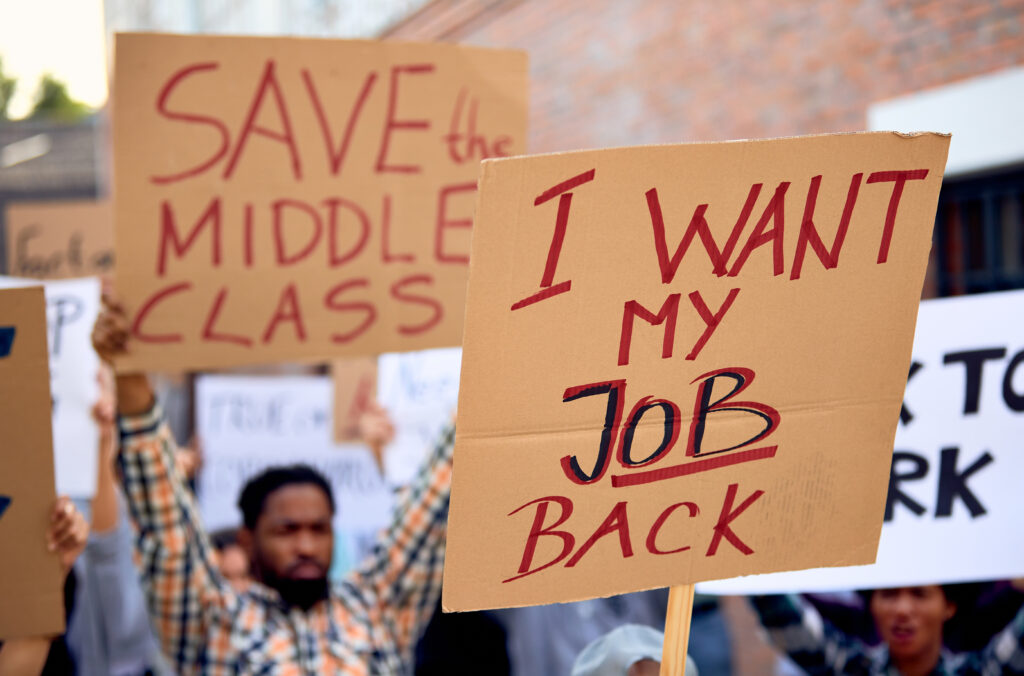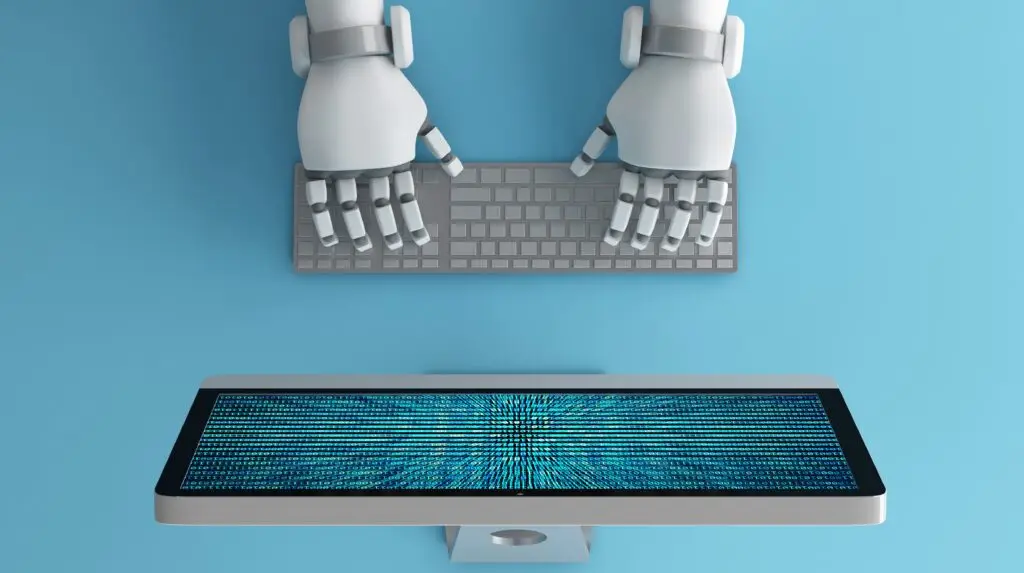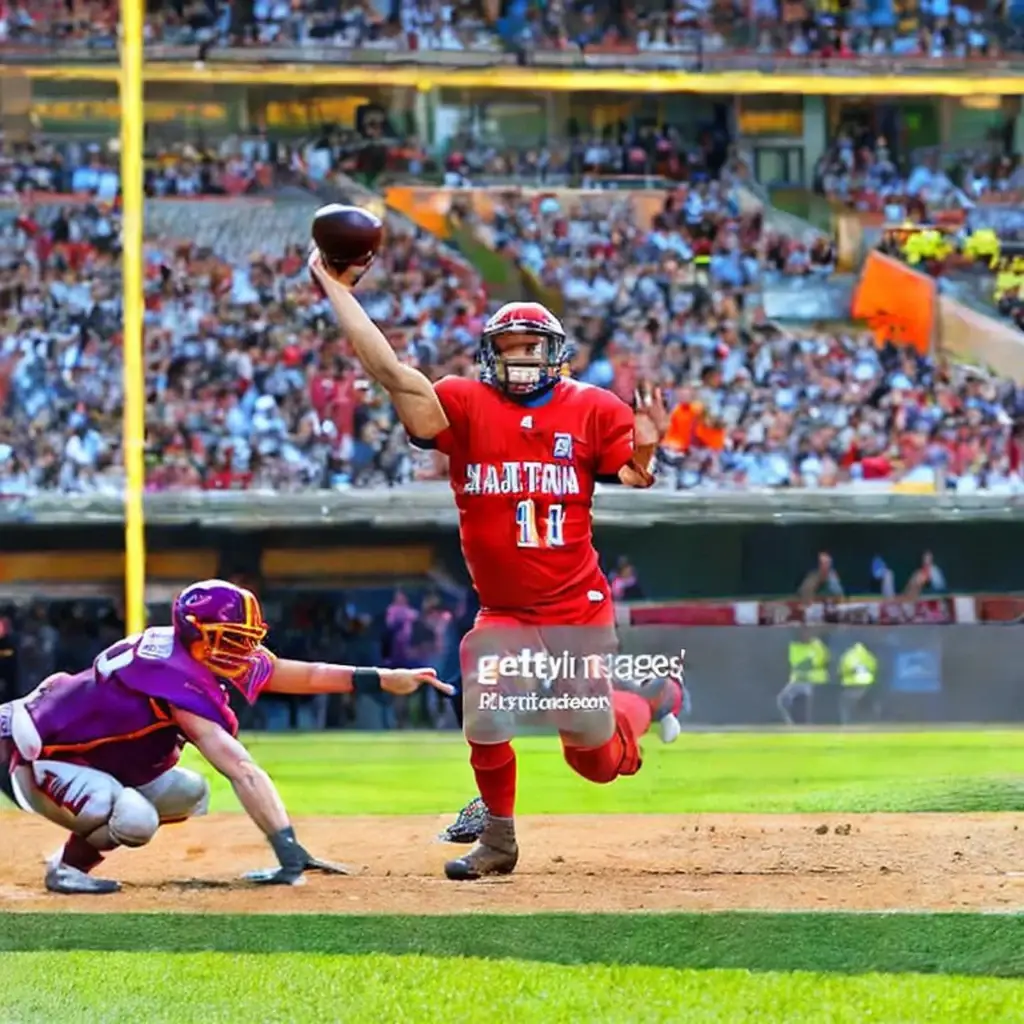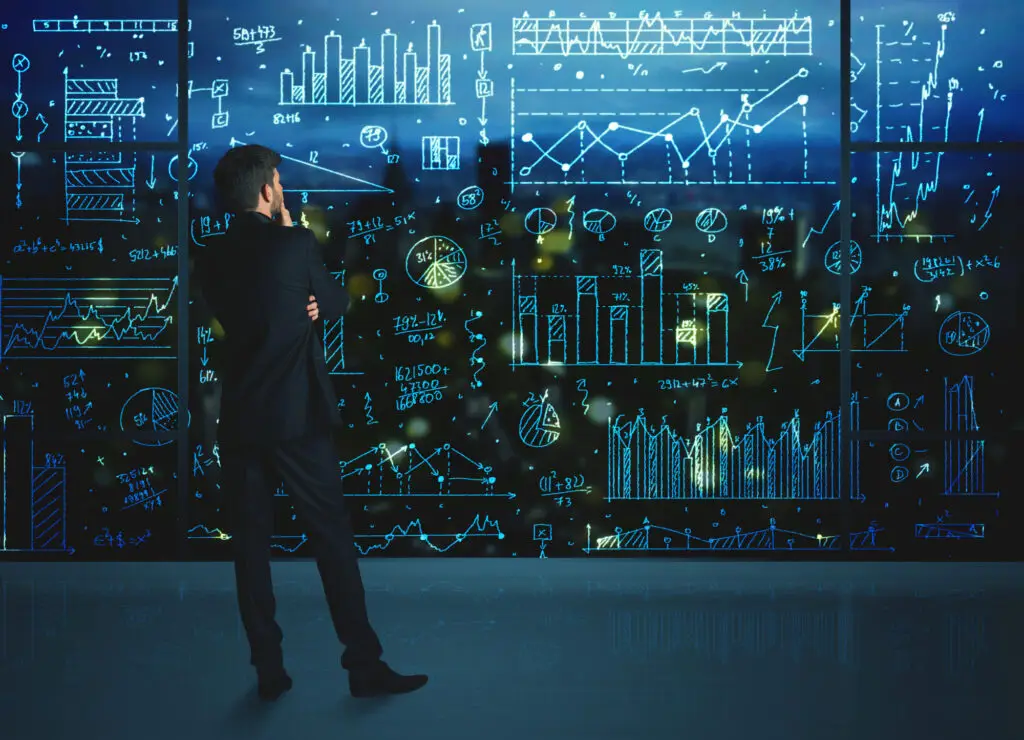Artificial Intelligence is transforming the world in all manner of industries, but some are hurting more than others.
Unfortunately, graphic designers are some of the people who are currently taking part in generative AI the most, but will also be some of the first to be completely replaced by it.
There are countless reasons as to why Artificial Intelligence is hurting the job market and professions today, but today we’re going to cover the top 7 reasons as to why AI is bad for graphic designers.
Let’s get into it.
#1 Why AI is bad: Job Disruption
The first and most obvious one is of course job disruption. With the massive influx of generative AI in the creative field, more and more jobs the likes of artists, musicians and designers are becoming obsolete.
This is not just a problem for the graphic designers, but a whole horde of other jobs that we have already covered.
However, for graphic designers, the caveat is that their job is quite directly being taken over by a soulless string of code that might just be regurgitating the job they’ve already done.
More on that later.
McKinsey claims up to 800 million people will lose their jobs by 2030 as a result of AI, which is just around 30% of the entire world’s workforce. The graphic designers will be one of the first to go because it’s simply too cost-effective for larger companies.

#2 Undervaluing of Human Skills
Speaking of being cost-effective for larger companies; the AI tools that are arriving for these professions are putting a massive undervaluation of human design skills.
Since Artificial Intelligence is capable of creating designs so quickly, the perceived value of human-created design is decreasing.
This ripple effect is causing lower wages and fewer opportunities for professional designers who are currently relying on their amazing minds and creativity to feed themselves and their families.
#3 Lack of Creativity and Increase of Homogenuity
Listen, all AI design tools rely on existing data sets. No matter how new and original it looks.
If you have someone show you how proud they are of the AI-generated image they’re prompted, know that the art generated is based on millions of other real artists’ works.
Let’s talk homogenization.
First off, I see a future where more and more logos, websites and advertisements are almost completely taken over by AI. This will lead to a massive homogenization of design, as AI will continuously recreate “what works” that conforms to the status quo.
This will lead to a lack of diversity and originality in design outputs.
This also leads to the lack of breakthroughs within the design. Designers will no longer be going above and beyond about breaking barriers because the reliance on Artificial Intelligence simply won’t allow for it.
Anything that AI churns out is not original. It is always coming from various existing datasets it is scavenged off the internet like a greedy hyena.
This also will hurt the graphic designers who actively take part in AI to help their process. By relying too heavily on AI-generated outputs, designers will stunt the development of their skills and creative problem-solving abilities.

#4 Intellectual Property Issues
As I mentioned earlier, all AI-generated content is the product of millions of other results that it has found online. This is going to lead to eventual plagiarism and lack of originality in design outputs.
The underlying ethical quandary boils down to the degree of proximity considered as “close” and determining the responsible parties involved.
If you created a piece of art, and it’s clear that AI ripped it off, how can you really prove that it did?
This has been easy in some cases. As an example, GettyImages is currently suing a large generative AI company for clearly ripping off their photos. However, the only reason they have a case is because you can still see the outline of the Getty Images logo in the photo. See below.

#5 No Human Touch = Bad Content
Up until this point, every logo or design decision had some form of backstory. Maybe it was because the designer just thought it would look cool, sure, but a lot of the time it comes from a story of the company.
For example, the Starbucks logo was inspired by a two-tailed siren image from the 15th century. The designer felt like it perfectly represented the allure of caffeine, drawing coffee addicts in like sailors to shore.
Whether you feel like it’s fitting or not is beside the point, but the idea that a person came to that creative conclusion is at the core of what humanity is. It is why we like art, why we watch TV and buy the wine bottle with the prettiest label.
With AI-generated logos and design decisions, all of what makes humanity so great and inclusive is gone.

#6 Lack of Confidentiality
All AI systems require insanely large amounts of data to operate and produce content, which means that they also have access to a lot more than they should.
This means that there’ll always be an underlying risk that the confidentiality of client projects or personal data can be leaked at any point because its access points aren’t restricted to disallow this.
The controversy around data and privacy is no doubt one of the biggest topics that surrounds Artificial Intelligence today. I urge you to read more about how AI’s invasion of our basic human rights is happening right now, and what you can do to prevent it, right here.
#7 The Ruin of Artistic Integrity
Finally, the authenticity of art is now constantly coming into question.
It’s becoming so difficult to tell what is real and what is not, that the integrity of real artists is being put at stake. In the end, what really constitutes art?
If you want to go full Andy Warhol on the subject, you can be just as happy with AI-generated art as you are with human ones. However, when it comes to graphic design, we are now looking at AI-generated art designed to earn money.
This puts a certain value on the project, and there’s no doubt that AI lowers the value of anything. There are tons of statistics showing that people simply do not value artificially generated art or writing as high as human-generated ones, and most people won’t even trust it.

Well shoot, I’m a graphic designer, now what do I do?
If you’re a graphic designer or anyone who works within a creative field, and you’d like the people who view or consume your products to know it’s made by real humans, I do have a solution for you.
Whether it’s for your portfolio, book, website or other content sites, you can place one of these free NO AI badges on it to tell both viewers (and Google search engines, who also value human-generated content higher) that your content is 100% human-made.
By placing a higher value on human-generated content, and discouraging businesses and people overall to consume AI-generated designs, we have a chance to halt the generic, regurgitated outputs that Artificial Intelligence provides.
Graphic design is a profession that uses every nook and cranny of the creative human brain. Let us keep it that way. Say NO to AI.
THIS ARTICLE WAS WRITTEN WITHOUT THE ASSISTANCE OF GENERATIVE AI.